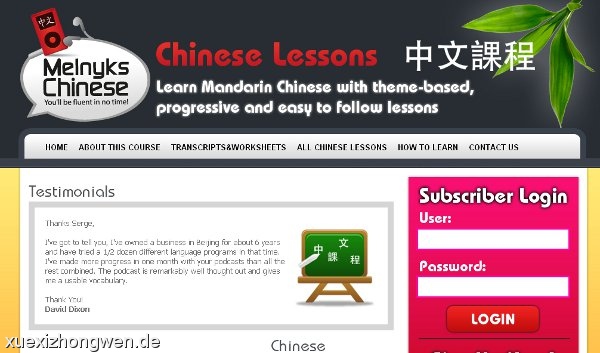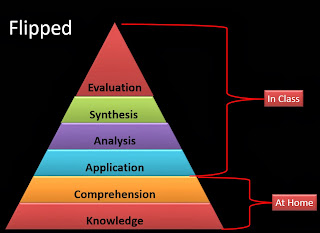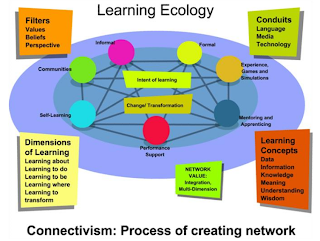
I
would like to use a podcast episode called ‘Chinese Grammar Summary’ from ‘Melnyks
Chinese Podcast’ in my own teaching in the future. At first, I would like to
say that I like ‘Melnyks’ Chinese Podcast’ very much, because a) This site offers theme-based,
progressive lessons, so learners will be able to speak fluent Mandarin Chinese
on the variety of topics; 2) Each lesson builds on the one before it, so it
provides series of lessons that learners would follow for long-run learning; 3)
There are also transcripts and worksheets provided, so learners would download
them for future studying.
Next,
since my students are beginning level Chinese learners, so the learning
objectives for them are as follow:
·
Students will be able to
recognize and understand the meaning of targeted grammatical structures in spoken
form;
·
Students will be able to use
targeted grammatical structures meaningfully and appropriately in oral production.
Thus,
I choose this specific ‘Chinese Grammar Summary’ to help me meet these learning
objectives. This 7 minutes long podcast includes 5 important continuous tense
phrases that being used most frequently in daily conversation, it provides very
specific explanation of each single phrases, for example,
得
1. Chinese pronunciation;
2. English translation of this word;
3. Chinese synonyms of this word;
4. Example sentences;
5. Example conversation within context.
So we can see that the explanation gives very
detailed instruction of how to understand this word and how to use it in sentences
under relevant context later, thus, with this step-by-step teaching method, when
learners get to practice themselves, they will be able to target the phrases
among sentences and also use them in appropriately context. This podcast is the
best teaching tool I found so far, it’s very helpful and I call it ‘half the
work with double results’, I’m so excited that I have so much more helpful Chinese
teaching lessons to follow and hope with the help of it more and more people
will be interested in learning Chinese!



























